Stable Diffusion 3 is the latest text-to-image model from Stability AI, featuring significant improvements in image fidelity, multi-subject handling, and text adherence. It uses the new Multimodal Diffusion Transformer (MMDiT) architecture with separate weights for image and language representations, offering enhanced capabilities in text generation, prompt following, and overall image quality.
Stable Diffusion 3 Free Online Access - Powered By SD3 API
Discover Stable Diffusion 3, the advanced text-to-image model by Stability AI. Learn about the stable diffusion 3 release date, how to download stable diffusion 3, stable diffusion 3 API, and how to access stable diffusion 3 for free online.
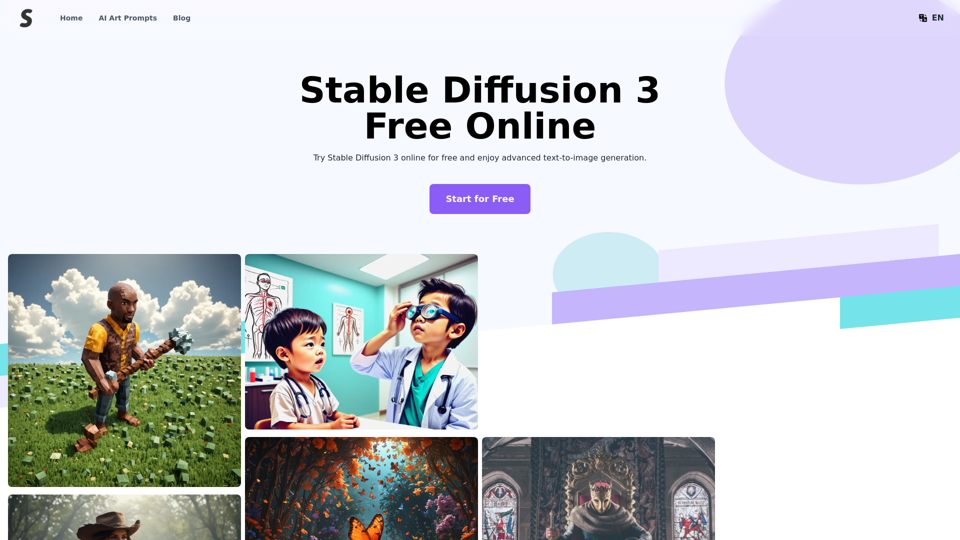
Introduction
Feature
Improved Text Generation
Stable Diffusion 3 produces legible and coherent text within images, enhancing the overall quality of text-based elements in generated visuals.
Superior Prompt Following
The model excels in adhering to input prompts, ensuring generated images closely match the described content, subjects, and styles.
Enhanced Multi-Subject Handling
Stable Diffusion 3 demonstrates improved performance in generating high-quality images with multiple distinct subjects as specified in the prompt.
Advanced Architecture
Utilizing the Diffusion Transformer (DiT) architecture, the model incorporates noise predictors and advanced sampling techniques to enhance image quality.
High-Quality Image Output
Compared to other state-of-the-art models, Stable Diffusion 3 produces superior image quality, particularly in areas like typography and text rendering.
User-Friendly Interface
- Free Registration
- Simple Prompt Input
- Easy Image Download
Wide Range of Applications
- Graphic Design
- Content Marketing
- Software Development
- Education
- Advertising
- Research
FAQ
What is the stable diffusion 3 release date?
The exact release date for Stable Diffusion 3 is not provided in the given content. For the most up-to-date information, it's best to check the official Stability AI website or announcements.
What are the benefits of using the stable diffusion 3 API?
The stable diffusion 3 API allows software developers to integrate advanced text-to-image generation capabilities into their applications, enabling end-users to access Stable Diffusion 3's features directly within their software.
What are the differences between stable diffusion 3 vs SDXL?
The content doesn't provide a direct comparison between Stable Diffusion 3 and SDXL. However, Stable Diffusion 3 is described as the latest and most advanced model, suggesting potential improvements over previous versions or other models.
Where can I find stable diffusion 3 online resources and documentation?
While specific resources aren't mentioned, it's likely that documentation and resources would be available on the official Stability AI website or related platforms. Users should check these sources for the most accurate and up-to-date information.
How does the stable diffusion 3 architecture differ from previous versions?
Stable Diffusion 3 uses the new Multimodal Diffusion Transformer (MMDiT) architecture with separate weights for image and language representations. It also incorporates the Diffusion Transformer (DiT) architecture with noise predictors and advanced sampling techniques.
Can I customize the stable diffusion 3 weights for specific applications?
The content doesn't explicitly mention customization of weights. For specific application needs, it would be best to consult the official documentation or contact Stability AI directly for more information on potential customization options.
Latest Traffic Insights
Monthly Visits
105.22 K
Bounce Rate
43.43%
Pages Per Visit
1.74
Time on Site(s)
23.97
Global Rank
374814
Country Rank
United States 431300
Recent Visits
Traffic Sources
- Social Media:3.21%
- Paid Referrals:0.87%
- Email:0.15%
- Referrals:9.20%
- Search Engines:55.04%
- Direct:31.43%
Related Websites
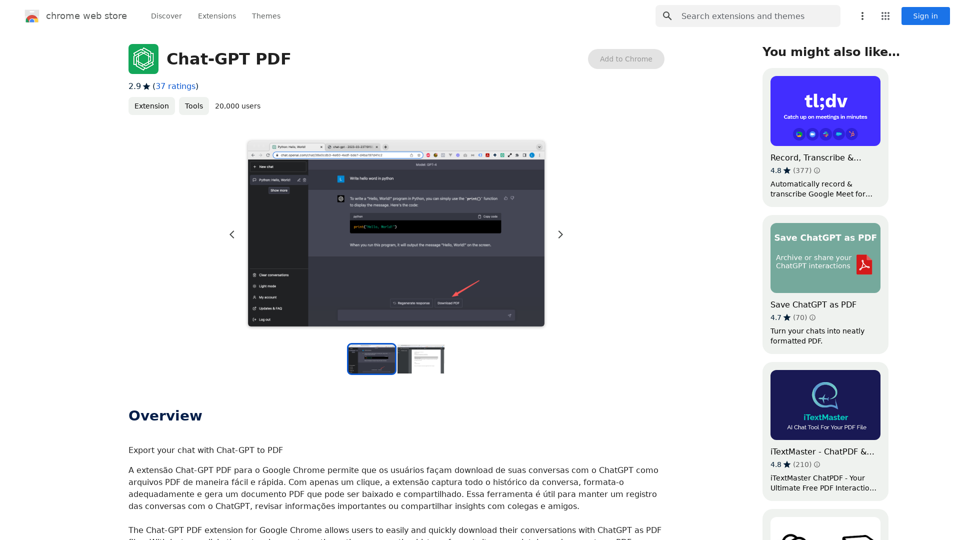
Chat-GPT PDF What is Chat-GPT PDF? Chat-GPT PDF is a tool that allows users to generate PDF files from Chat-GPT conversations. This innovative tool enables users to save and share their conversations in a more organized and visually appealing format. How does Chat-GPT PDF work? The process is simple and straightforward. Here's a step-by-step guide: 1. Copy the conversation: Copy the entire conversation from the Chat-GPT platform. 2. Paste the conversation: Paste the copied conversation into the Chat-GPT PDF tool. 3. Customize the layout: Customize the layout, font, and design of the PDF file according to your preferences. 4. Generate the PDF: Click the "Generate PDF" button to create a downloadable PDF file. Features of Chat-GPT PDF Chat-GPT PDF offers several features that make it an essential tool for users: * Customizable layout: Customize the layout, font, and design of the PDF file to suit your needs. * Easy sharing: Share the PDF file with others via email, social media, or messaging apps. * Offline access: Access your conversations offline, even without an internet connection. * Organization: Organize your conversations in a neat and tidy format, making it easier to review and reference. Benefits of Chat-GPT PDF The benefits of using Chat-GPT PDF are numerous: * Improved productivity: Save time and increase productivity by having all your conversations in one place. * Enhanced collaboration: Collaborate with others more effectively by sharing conversations in a clear and concise format. * Better organization: Keep your conversations organized, making it easier to review and reference them later. Conclusion Chat-GPT PDF is a game-changer for anyone who uses Chat-GPT regularly. With its ease of use, customization options, and benefits, it's an essential tool for anyone looking to get the most out of their conversations.
Chat-GPT PDF What is Chat-GPT PDF? Chat-GPT PDF is a tool that allows users to generate PDF files from Chat-GPT conversations. This innovative tool enables users to save and share their conversations in a more organized and visually appealing format. How does Chat-GPT PDF work? The process is simple and straightforward. Here's a step-by-step guide: 1. Copy the conversation: Copy the entire conversation from the Chat-GPT platform. 2. Paste the conversation: Paste the copied conversation into the Chat-GPT PDF tool. 3. Customize the layout: Customize the layout, font, and design of the PDF file according to your preferences. 4. Generate the PDF: Click the "Generate PDF" button to create a downloadable PDF file. Features of Chat-GPT PDF Chat-GPT PDF offers several features that make it an essential tool for users: * Customizable layout: Customize the layout, font, and design of the PDF file to suit your needs. * Easy sharing: Share the PDF file with others via email, social media, or messaging apps. * Offline access: Access your conversations offline, even without an internet connection. * Organization: Organize your conversations in a neat and tidy format, making it easier to review and reference. Benefits of Chat-GPT PDF The benefits of using Chat-GPT PDF are numerous: * Improved productivity: Save time and increase productivity by having all your conversations in one place. * Enhanced collaboration: Collaborate with others more effectively by sharing conversations in a clear and concise format. * Better organization: Keep your conversations organized, making it easier to review and reference them later. Conclusion Chat-GPT PDF is a game-changer for anyone who uses Chat-GPT regularly. With its ease of use, customization options, and benefits, it's an essential tool for anyone looking to get the most out of their conversations.Exporting Chat History to PDF You can export your chat history with Chat-GPT to a PDF file using the following methods: #Method 1: Browser Print Function 1. Open your chat conversation with Chat-GPT in a web browser. 2. Press `Ctrl + P` (Windows) or `Cmd + P` (Mac) to open the print dialog box. 3. Select "Save as PDF" as the printer destination. 4. Choose a location to save the PDF file and set the file name. 5. Click "Save" to export the chat history to a PDF file. #Method 2: Online PDF Conversion Tools 1. Copy the entire chat conversation by pressing `Ctrl + A` (Windows) or `Cmd + A` (Mac) and then `Ctrl + C` (Windows) or `Cmd + C` (Mac). 2. Go to an online PDF conversion tool, such as SmallPDF or Convertio. 3. Paste the chat conversation into the conversion tool's text box. 4. Select the PDF format and click "Convert" to generate the PDF file. 5. Download the PDF file to your computer. #Method 3: Browser Extensions 1. Install a browser extension, such as Print Friendly & PDF or FireShot, that allows you to save web pages as PDF files. 2. Open your chat conversation with Chat-GPT in a web browser. 3. Click the browser extension's icon in the toolbar. 4. Select the "Save as PDF" option and choose a location to save the file. 5. Click "Save" to export the chat history to a PDF file. By following these methods, you can easily export your chat history with Chat-GPT to a PDF file for future reference or sharing.
193.90 M
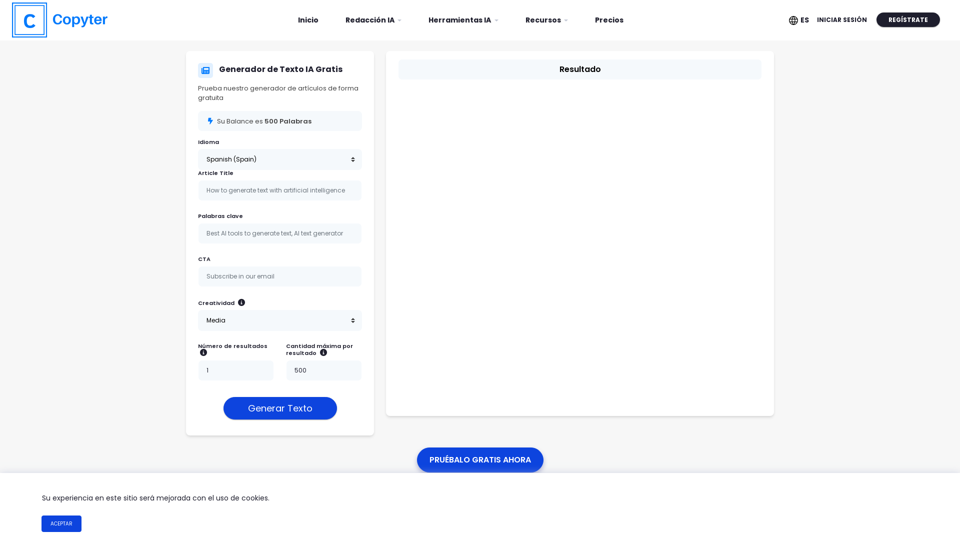
The High-Quality AI Text Generator. Writes texts with artificial intelligence for articles, essays, ecommerce, social media, blogs, and much more 🤖
38.49 K

Cosmi | The Best AI Skincare Advisor You will Ever Need
Cosmi | The Best AI Skincare Advisor You will Ever NeedGlow with AI-Powered Skincare Solutions. Cosmi's advanced AI offers tailored, daily reminders and expert product recommendations.
0
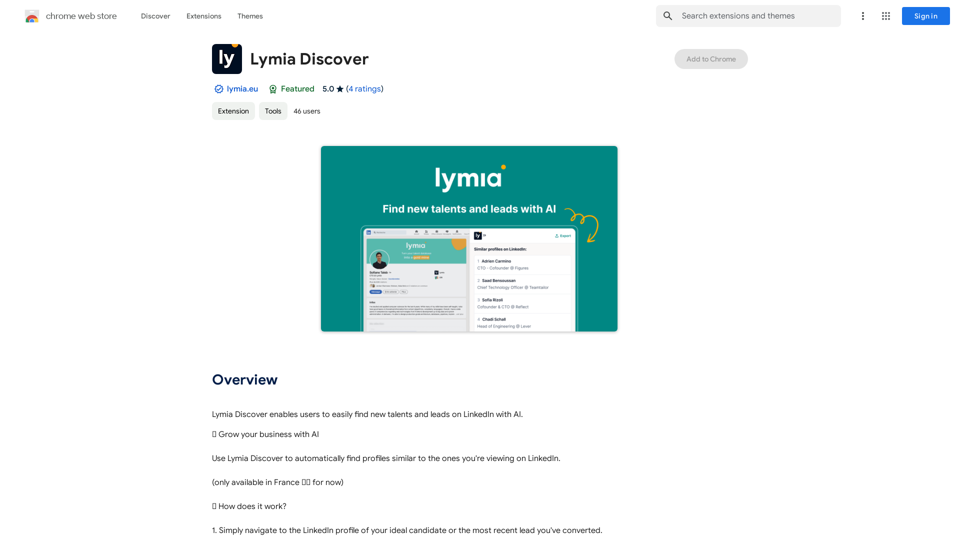
Lymia Discover helps users easily find new talents and leads on LinkedIn using artificial intelligence.
193.90 M
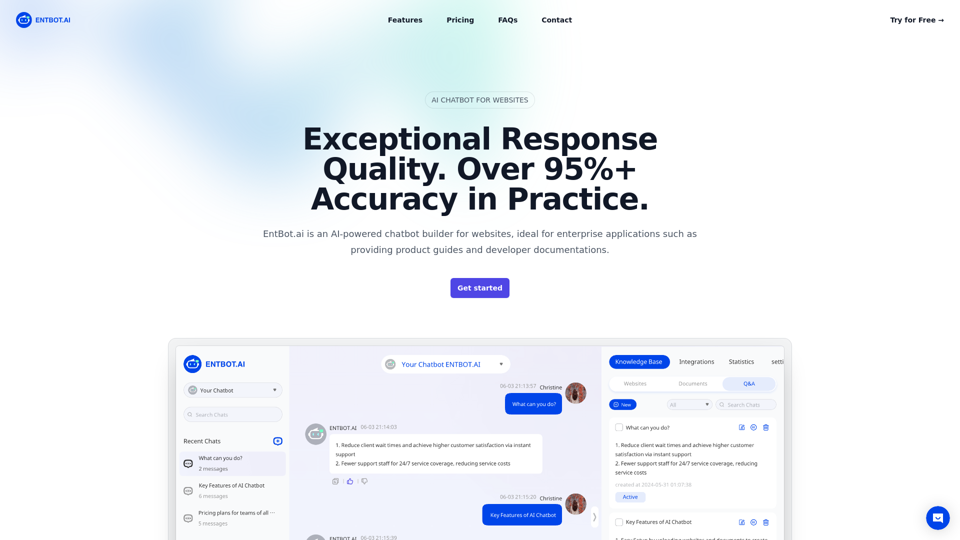
Enterprise Bot: AI Chatbot For Website | EntBot.ai
Enterprise Bot: AI Chatbot For Website | EntBot.aiEntBot.ai can build an AI chatbot for your website in just 5 minutes, no technical skills required. You can easily embed it on your website, resulting in a 100% increase in customer response speed.
0

Wizard Writer is an AI-powered platform that gives you access to many different AI tools for a variety of uses, such as writing text and creating content.
0
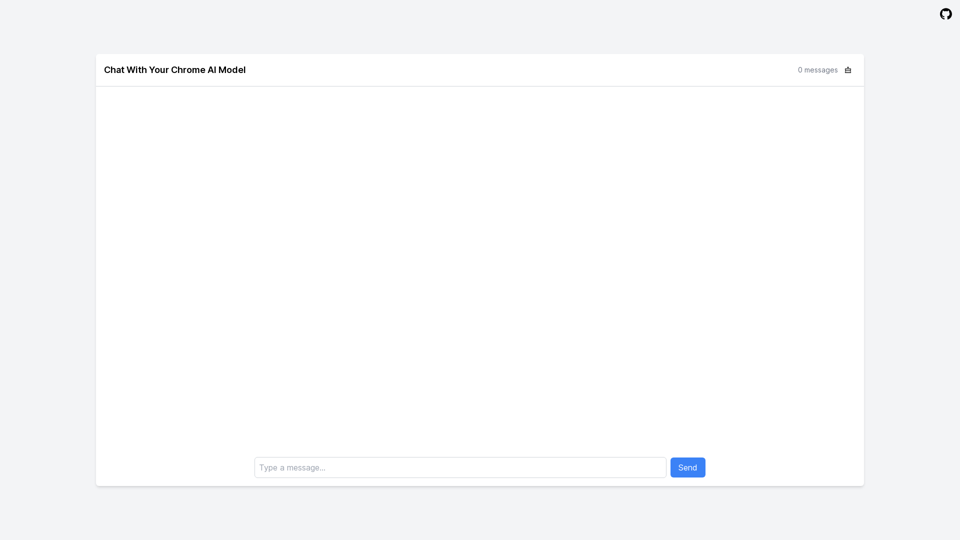
LocalhostAI - Your AI Assistant for Chrome and Gemini Nano
LocalhostAI - Your AI Assistant for Chrome and Gemini NanoLocalhostAI: Your AI assistant designed to work seamlessly with Chrome and Gemini Nano. Enhance your productivity with advanced AI models.
0
